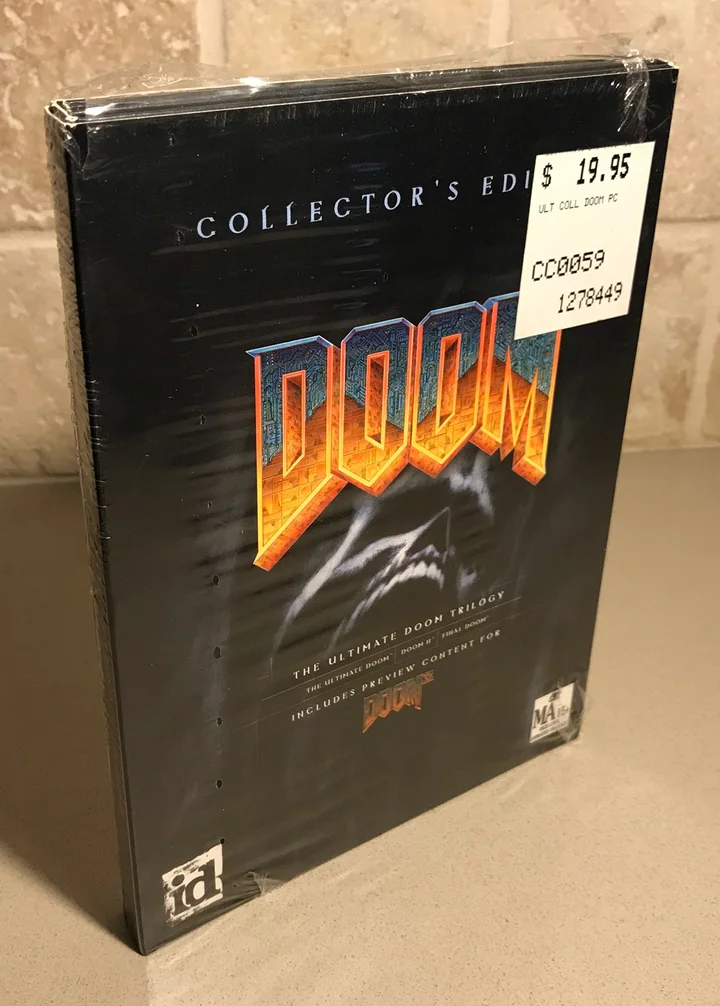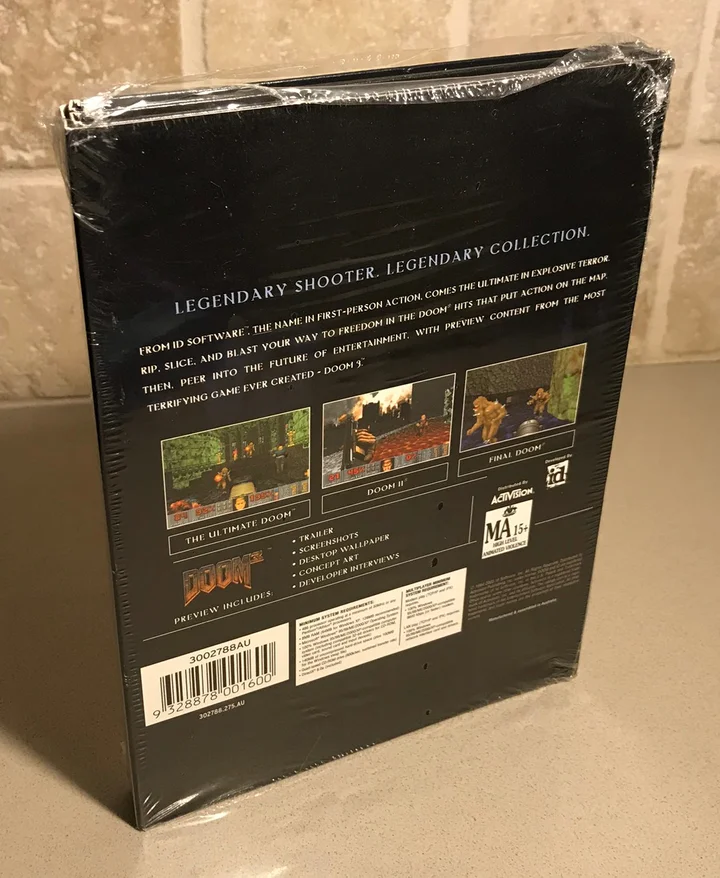
Memory Lane, part 1: Growing up in the 90's, maturing in the noughties
A story of the ye olde times; growing up with a 386 PC, PlayStation, and being introduced to Quake.
Table of Contents
The "386"
When I was very young, my parents had bought a 286 PC for typing up letters and other sorts of boring activities. Not something that a young child would be overly excited about having in the house. TV was still my primary source of entertainment while I wasn’t outdoors at that stage, and this was always going to intrigue me more than a dull DOS interface which would launch MS Works.
The 286 was short lived though, and at some point, in its short stint in the back room of the family house, something went wrong with it. This prompted a warranty return to the manufacturer, and for a short while the family was without a PC again.
Luck seemed to strike though, and a phone call from the local computer store who had organised the warranty return to the manufacturer assured my parents that they were about to receive an upgraded, 386 model PC instead of a direct replacement for the 286. As the story goes, the 286 “fell off the back of the truck” and was destroyed in transportation, so instead of the manufacturer trying to source a like-for-like 286 (a model that was at the very end of its lifecycle) they were prepared to send out the current commodity. This was at a time when 486 machines were ruling the world in performance, and the Pentium was still about a year away, so by now the 286 was quickly becoming a CPU of the past.
And a good thing too! The 386 PC my parents received as part of the warranty replacement meant that they were able to load Windows 3.11 and, more importantly, were able to install the latest shareware games and run them with ease.
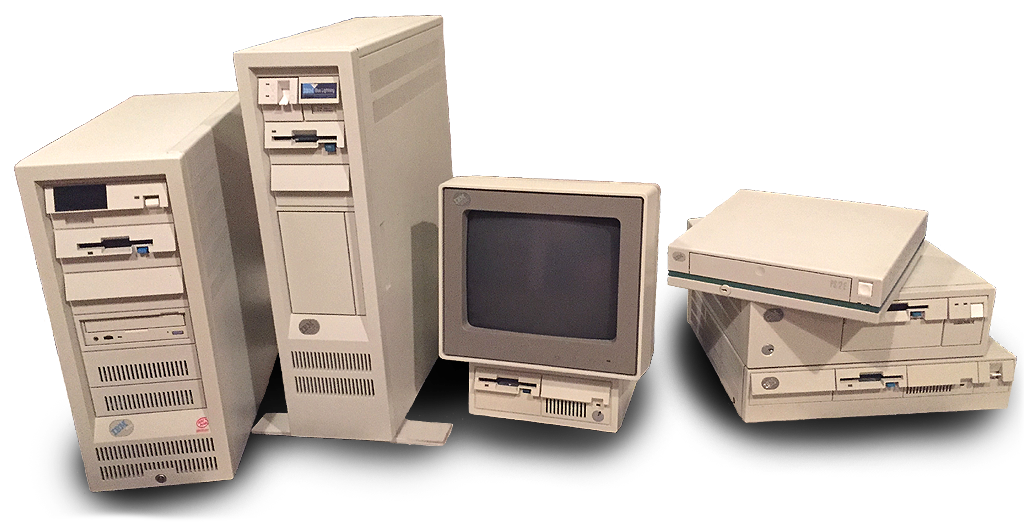
Pictured here are variants of the IBM Personal System/2. We didn't have one of those, but we had one of the many knock-off "clone" PCs from the early 90s with an AMD Am386 CPU. Source: Wikimedia Commons
This is what introduced me to computer games. Commander Keen, Duke Nukem, Cosmo’s Cosmic Adventures (this was the first computer game I ever played!), Halloween Harry, Crystal Caves, Bolo Adventures, and the list goes on.
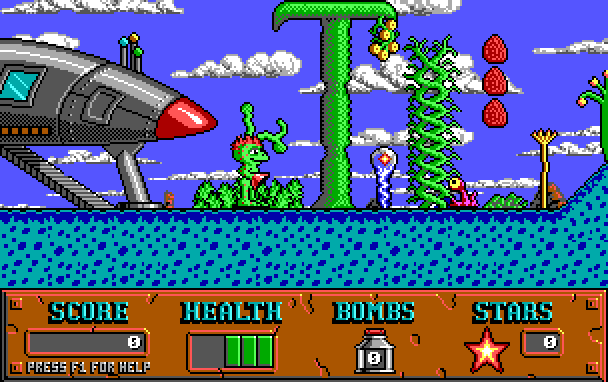
These games opened a wonder and curiosity in my little mind like nothing had before.
And then there were the first 3D games I played. Blake Stone, Catacomb 3-D and Wolfenstein 3D and wowee! I’d never seen anything like THIS before! It felt like actually being IN the game (on a 13” CRT monitor). A far cry (not the PC game – we’ll get there eventually) from anything the 286 would have been able to run.

Then came along Doom. Yes, DOOM! After seeing how much the whole family was having with Wolfenstein 3D, they just had to go and get this new game as shareware from the local computer store again. We had the first episode of Doom on a couple of floppies.
This changed everything. For a lot of people too. The impacts of Doom were tremendous to the video game industry, and that was certainly felt within our family home.
Not only for the improved graphics that had not been demonstrated in a video game before, but the gameplay, the use of light and colour, the demons, the blood, the sound, the “rawness” of it all was just beyond anything else that was available at the time. It elevated in everyone’s minds what a video game could be.
I thank my parents for being blasé about the content I consumed as a child. I turned out alright I think!
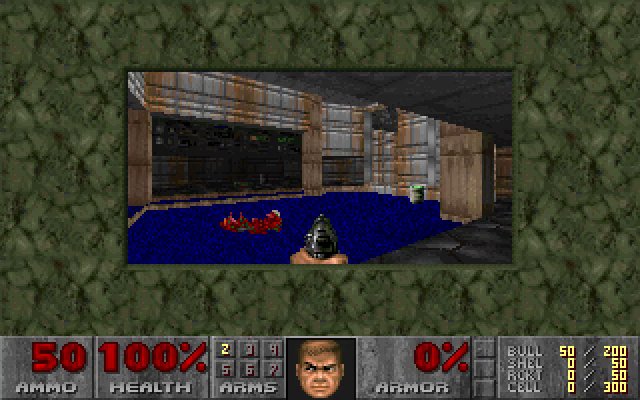
Mind you though, playing Doom on an early 90s 386 was essentially the bare minimum spec for running the game. Scaling down the screen size was quite the necessity to play it beyond an FPS slideshow.
The PlayStation

Moving beyond the 386, my exposure to and interest in these games only became more pronounced as the years went on. I remember buying and playing Quake II for the PSX (now referred to as the PSOne, but back then it was always PSX). This would have been my first exposure to Quake game on any platform.
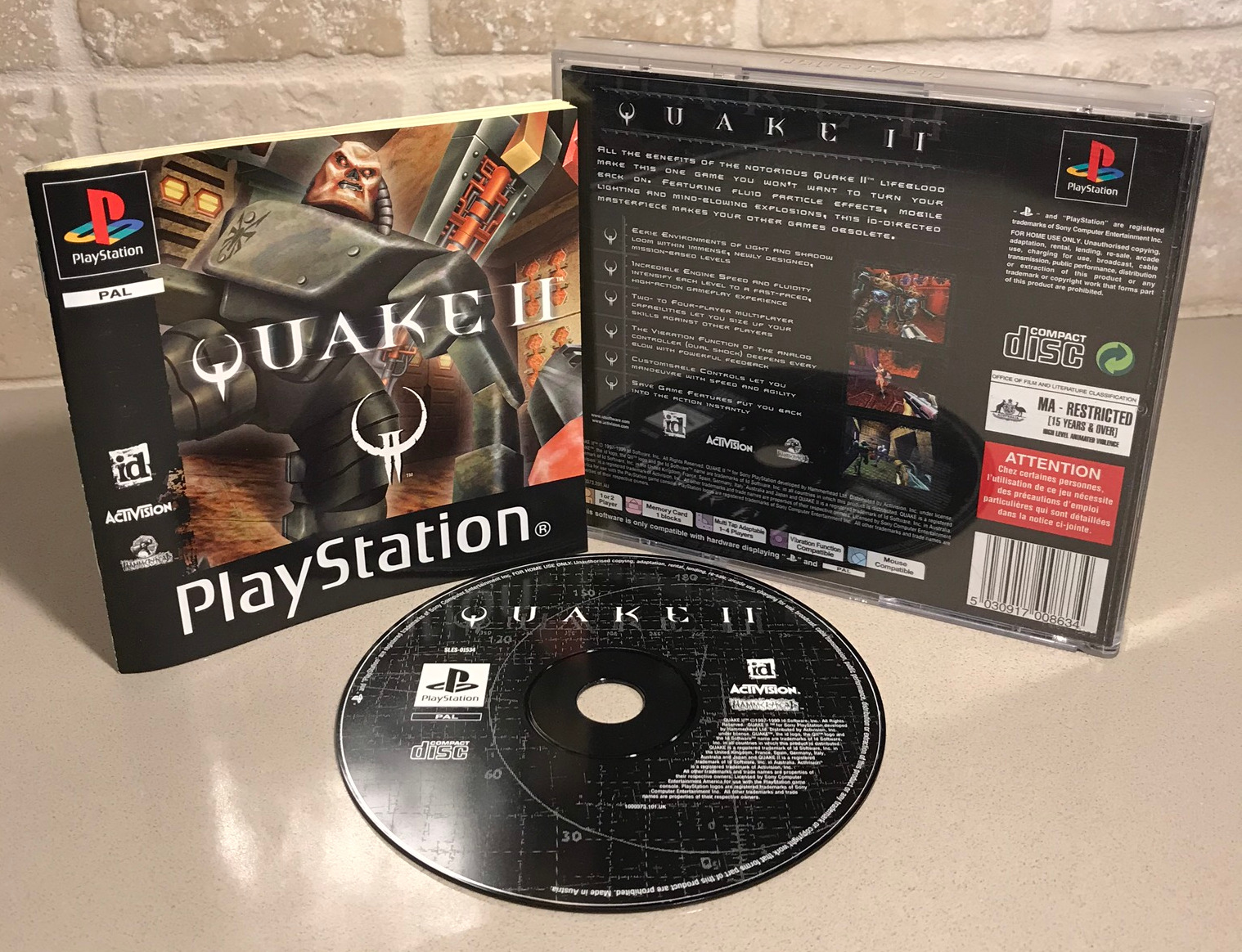
I challenge anyone if they can track down a copy of Quake II on PSX to try and play it with a PlayStation controller and not get frustrated! Clunky wouldn’t even begin to describe it. These were simpler times though, and we didn’t know any better than to use the shoulder buttons for strafing and looking up and down.
Also, during my PSX years, I remember picking up and playing the PlayStation version of Doom. This was in the late nineties, a couple of years after the original release of Doom on PSX, so it had been a while since I had last played Doom.

What with all the atmospheric music and darker, more moody lighting, it felt like a different game to what I’d played on the 386. It was a treat at the time because the PSX version ran like a dream compared to what I was used to on the 386.
The PSX waned in the early naughties, the PS2 took over, and for one reason or another I started to lose interest in the console scene. Don’t get me wrong, the PS2 was awesome for the time, and the quality of the games which were being released were for the most part very good, but I think I was just looking for something more to keep my mind busy.
The early 00's PC scene
Soon enough, I became interested in all thing’s PC once again. After sitting down and reading from cover to cover a “PCs for Dummies” book that I found on my parents’ book shelf, I became instantly aware that I had a keen interest. I think it was because I was exposed to PCs as a small child and was always in awe of the kinds of games they could run that I now had an interest in how they were put together and functioned that I was able to absorb everything at once and seemingly understand it. This was a book first published in 1992 mind, though all the principles described could be applied just the same to contemporary PCs.
It was a great reference book for me to learn about where computers had come from in the previous 10 years also. For instance, I knew PCs didn’t require a dedicated math co-processor anymore, but it was interesting to read about them from the historical perspective.
Before I knew it, I had a new hobby which involved buying monthly issues of PC PowerPlay and PC World magazines and absorbing as much as I could from every issue. I’ll never forget studying the monthly PC build recommendations in PC PowerPlay. There was the “Beast”, a PC made of the best components money could buy. Then there was the “Beastie”, a PC made of the best bang-for-buck components. I remember also installing the latest Mozilla Application Suite from the PC World cover CD. It was a great way to install the latest software without having to download it over dial up internet.
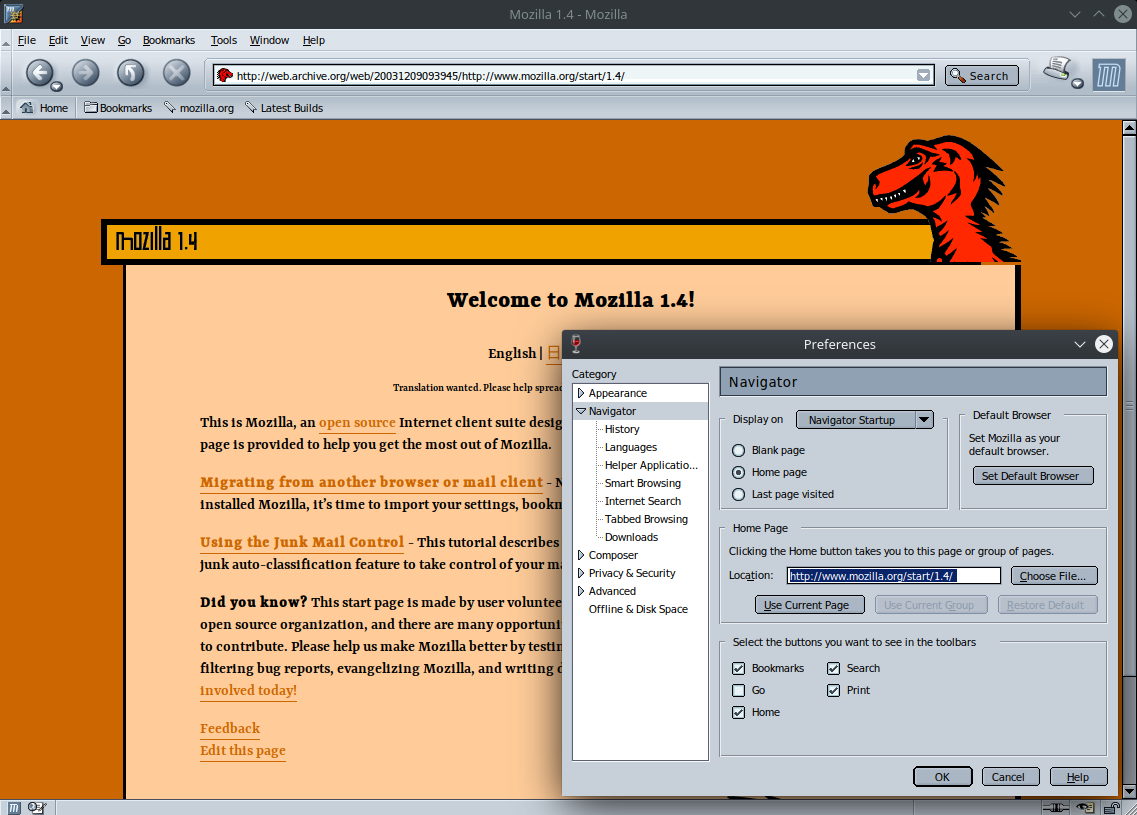
In a short time, I worked my way up to learning enough to start building my own computer using components I’d learned about in my favourite magazines at the end of 2003. Most of the parts I purchased were from the now defunct online store cws.net.au in Melbourne, an online PC store very popular at this time in Australia.
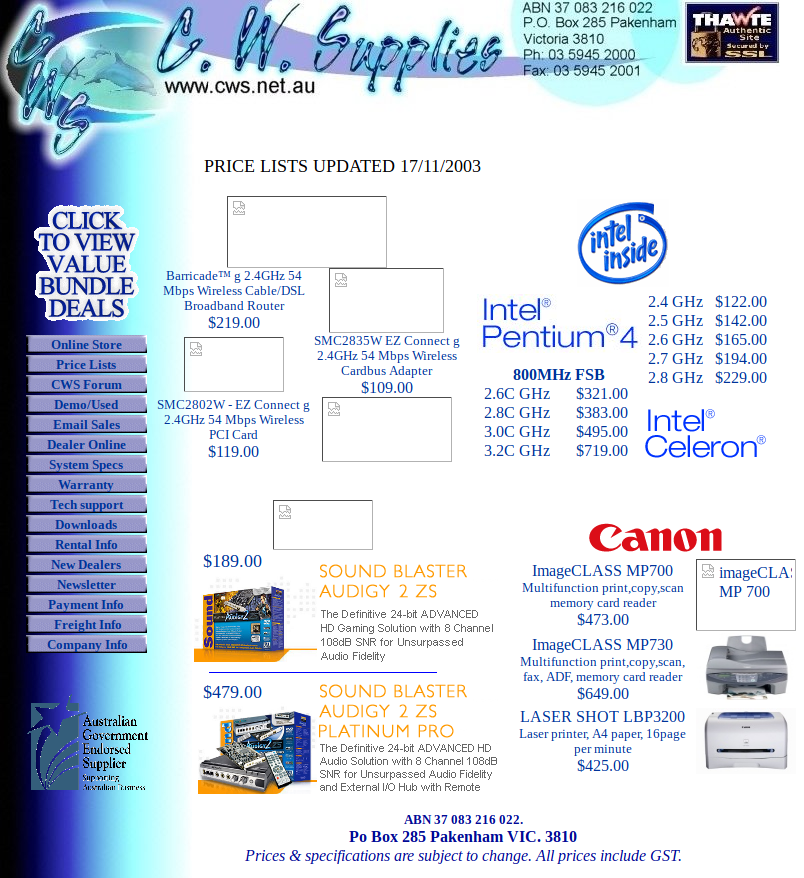
Interesting fact: like most PC magazines from that era which have since disappeared, PC World (Australia) has since turned into a website. PC PowerPlay is still being published however, albeit bi-monthly now instead of every month. Where there was once PC World, PC User, Atomic, and probably a few others, there is just one Australian PC centric magazine in circulation and that is APC. This magazine is a good read in the spirit of all these other now defunct publications and happens to be the oldest anyway with it’s first issue going on sale May 1980.
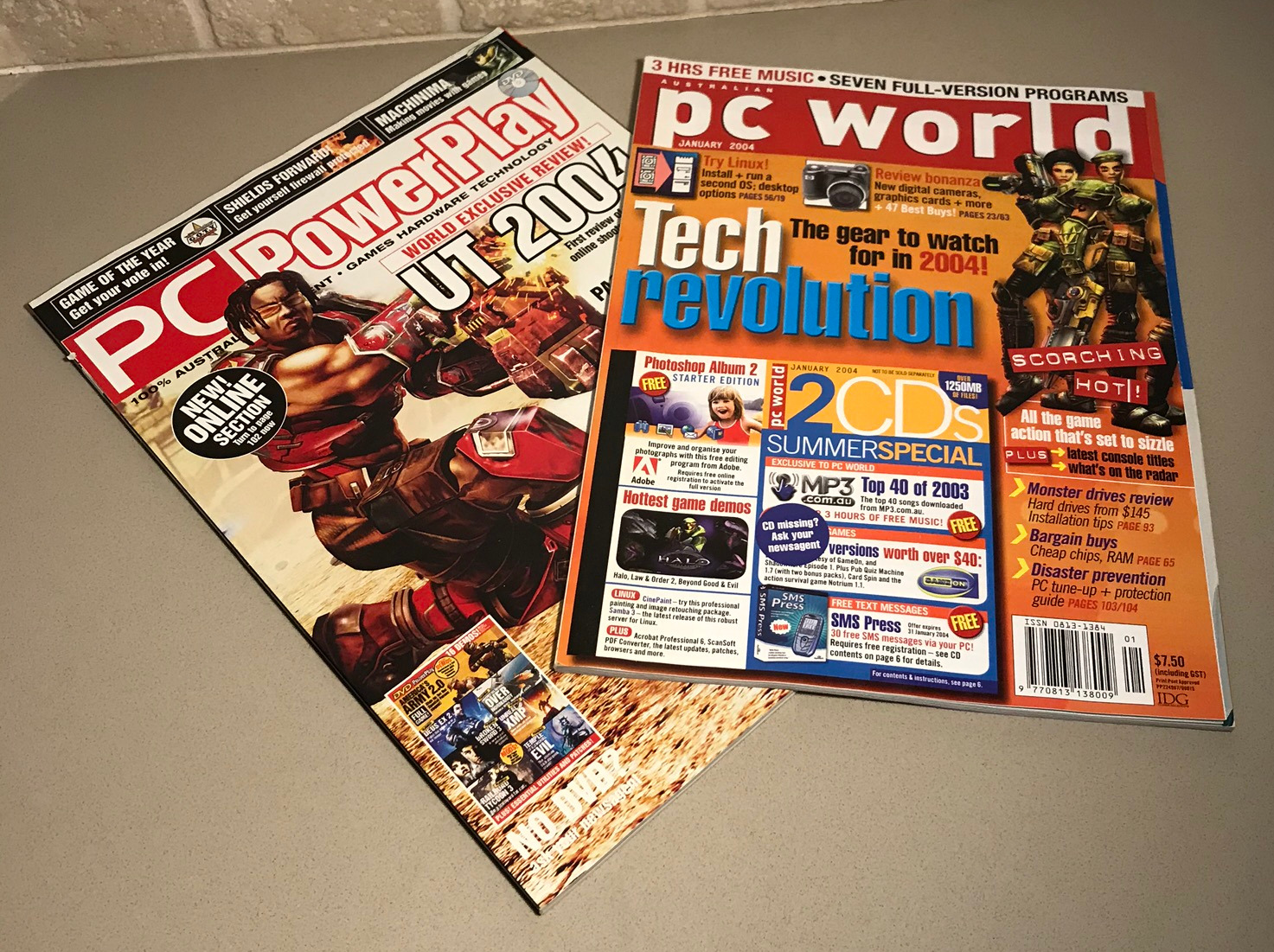
Right around this time, there was beginning to be hype around Doom 3. Everyone interested in PC gaming at the time were reading articles in PC magazines about how Doom 3 was going to be revolutionary to the industry, much like the original Doom was in the early 90s.
It wasn’t only Doom 3 that was getting everyone exited, but there were two other pretty significant FPS PC games at this time that had the industry buzzing with excitement: Far Cry and Half-Life 2. It was a special time to be interested in PC gaming, with games right around the corner which were set to show off the full capabilities of DirectX 9 and everything else the PC could offer.
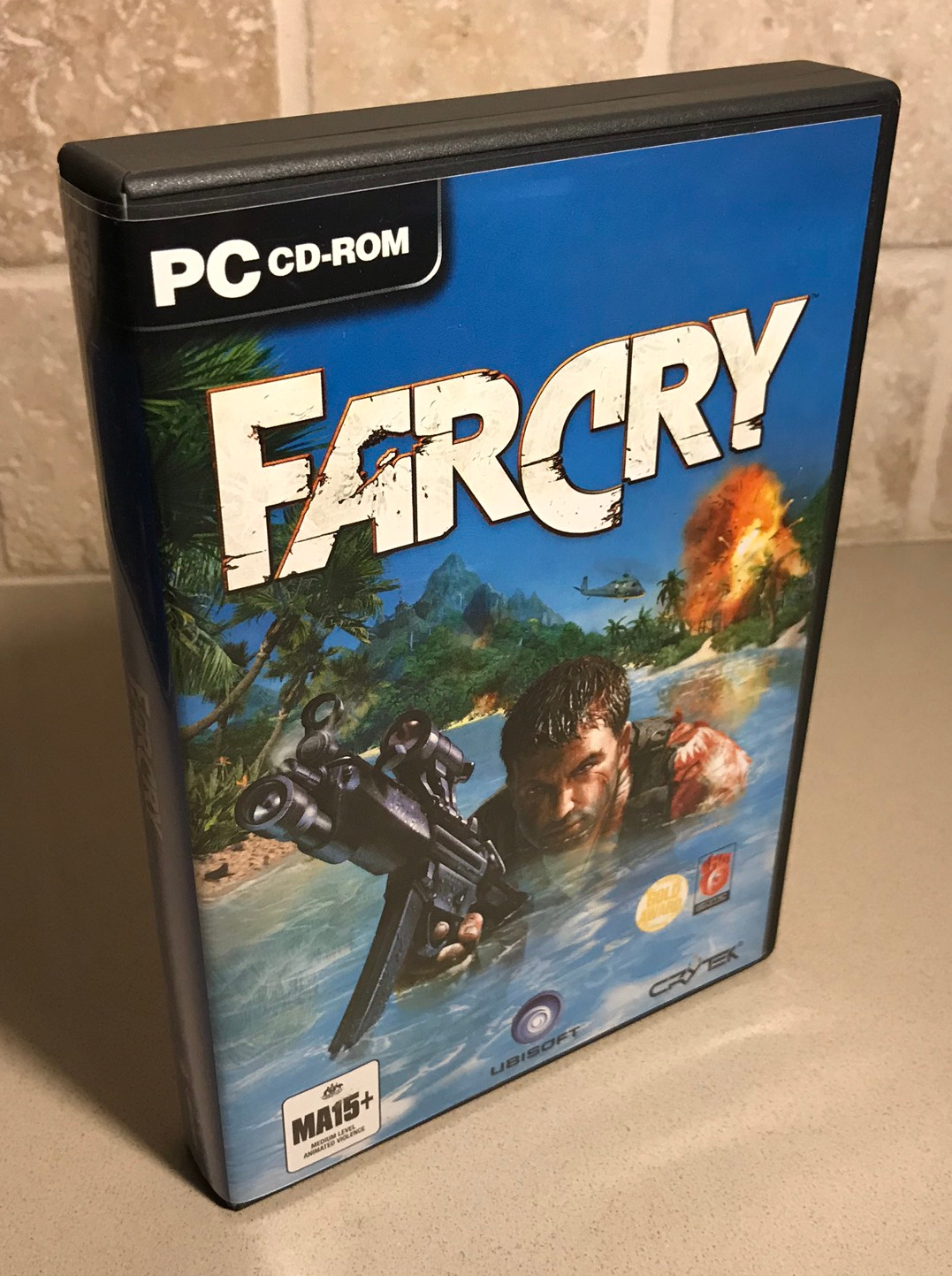
It was a time when the PS2 and Xbox were starting to show their age, though the PS3 and Xbox 360 were still a couple of years off. These new-fangled PC games were set to dazzle.
I was so hyped for Doom 3 prior to its release, that I just had to throw myself back into Doom somehow. The best way I figured I could do this was to buy the Ultimate Doom/Doom 2/Final Doom pack for Windows at an Electronics Boutique games store. I remember the sales assistant saying to me "You know this isn't Doom 3, right?".
I went on to install and play through all the classic Doom games, and even began creating my own levels in Doom Builder.
Just prior to all this this, I had dabbled around in the Quake world again. I’d picked up the Quake III Arena/Team Arena combo pack (Quake III Gold) on the cheap and had played though the various deathmatches, mostly offline as I had extremely crappy dial-up internet.
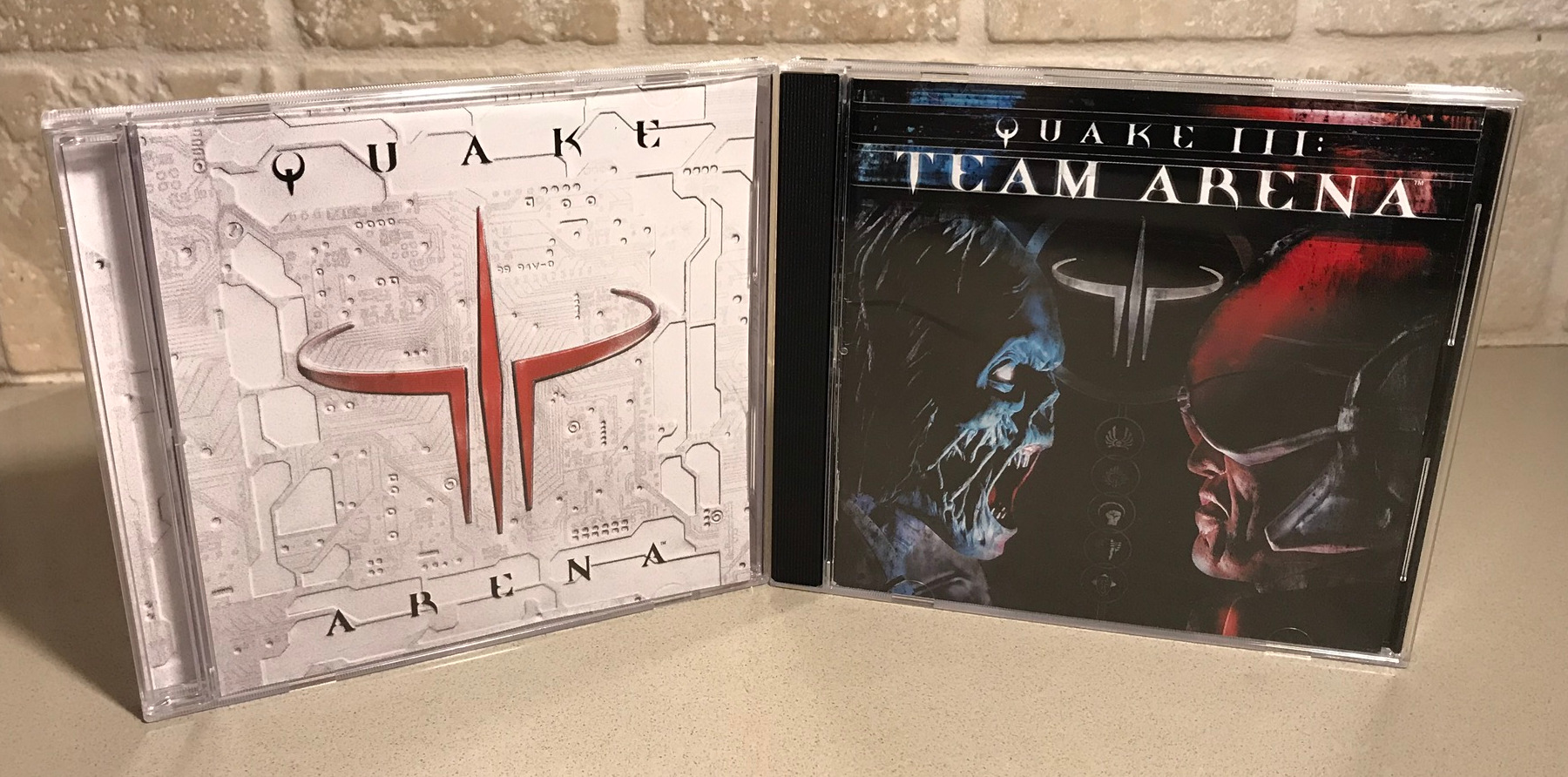
My ATI Radeon 9600 XT/Northwood Pentium 4 PC ran it like a dream though, and I just marvelled at the silky-smooth gameplay since coming away from consoles.
It wasn’t long before I wanted to play Unreal Tournament 2004 though – a game that had come out much later than Quake III. After having a blast with the original Unreal Tournament (I’m pretty sure I bought this the same day as I bought Quake III funnily enough), I knew I had to play the latest edition.

It wasn’t long after installing and beginning to play UT2004 that I realised that it was the end of the line for my humble 9600 XT. Graphics technologies in those day moved at break-neck speed, so if you had a mid-range card that was 12 months old, chances were you wouldn’t be able to play the latest PC games with much joy. I promptly upgraded to a GeForce 6600 GT and was able to play UT2004 as smoothly as I remembered playing UT99 previously.
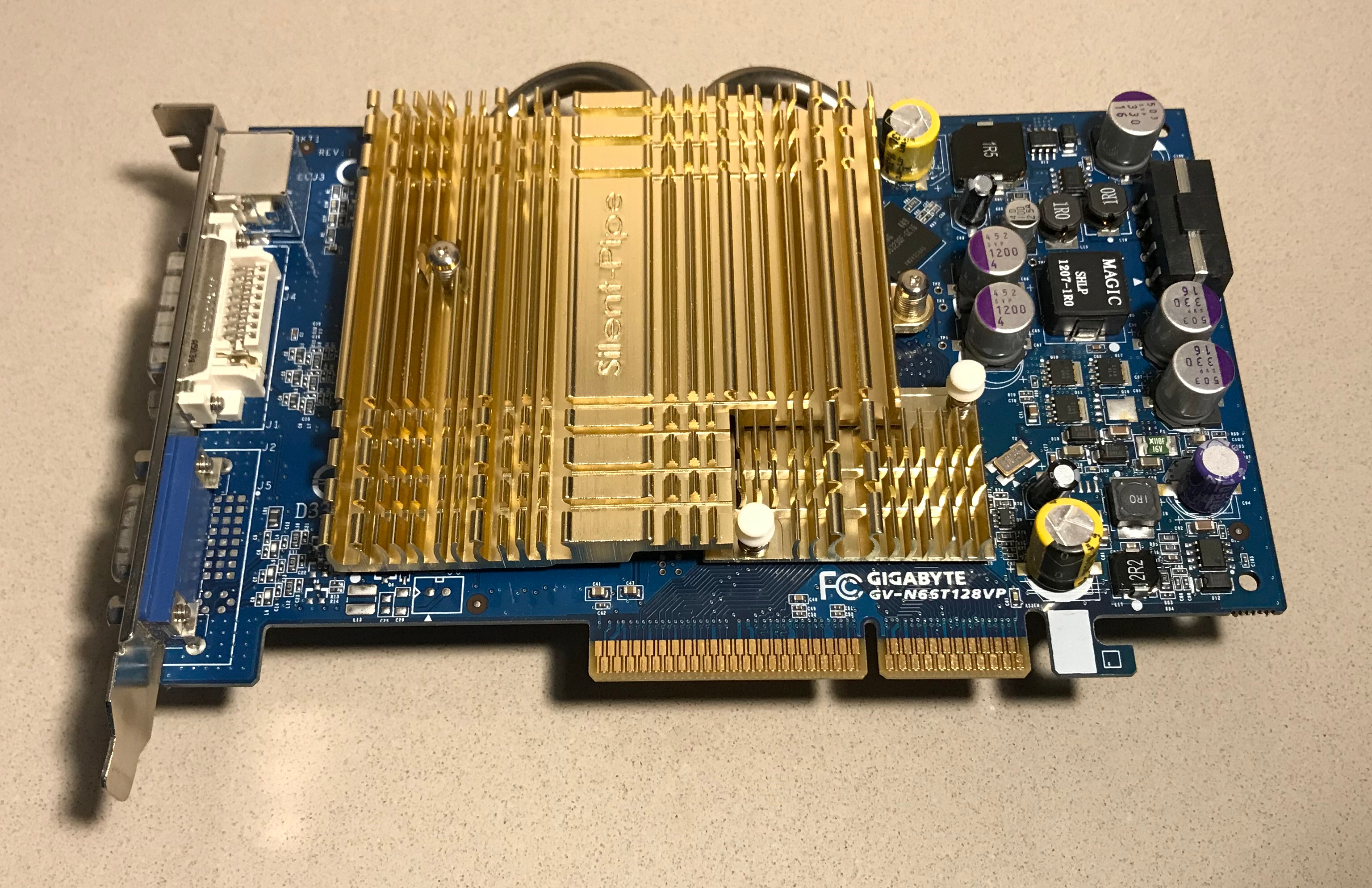
I was all set for a new generation of PC gaming.
Dabbling in Quake
The one thing that I haven't mentioned in all of this is Quake. As in the original Quake. I guess I was just blind to it at the time of its release. In 1996 I was knee deep in PSX gaming, and by the time I returned to the PC, too many years had passed.
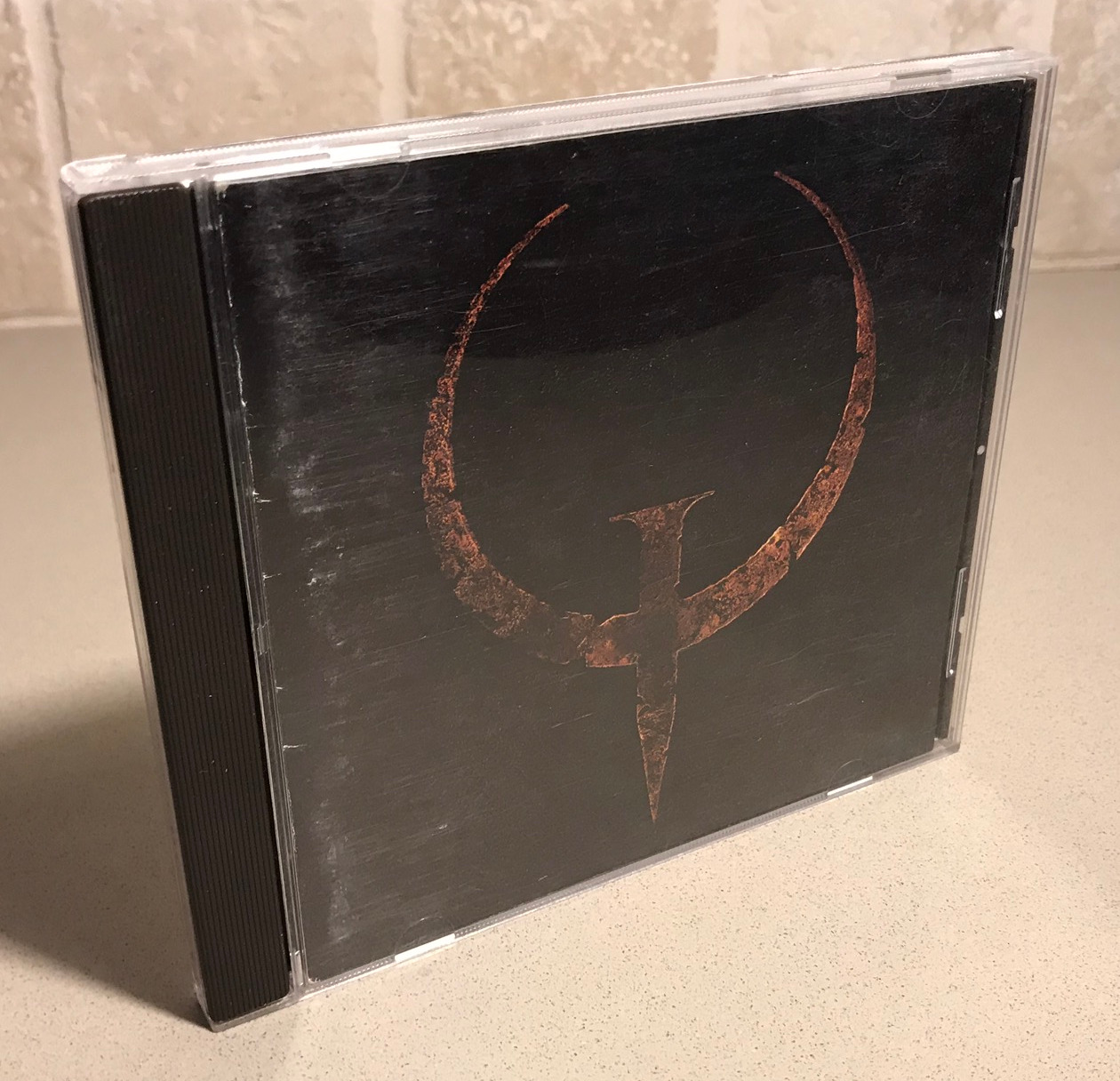
It wasn't until perhaps the latter half of the noughties, a time when I wanted to go back and play some significant games that I’d missed over the years, that I managed to get my hands on Quake and play it on my PC. I played it using something like Darkplaces, but I can't quite remember now. At the time I was interested in taking old games like Quake/Quake II/Deus Ex and making them look better. i.e. with improved lighting and textures. That’s a concept I tend to stay away from now – and enhanced vanilla experience is a fine middle ground I think, but it’s all part of the journey I suppose.
My vague memory of Quake at this time is making it through the first episode and defeating the mighty boss Chthon!

I guess at that time my love for Quake was a product of my love for id-Software: the developer whose games I’d grown up with. What I mean is that I didn't love Quake for Quake all on its own. That didn't happen until over 10 years later...

